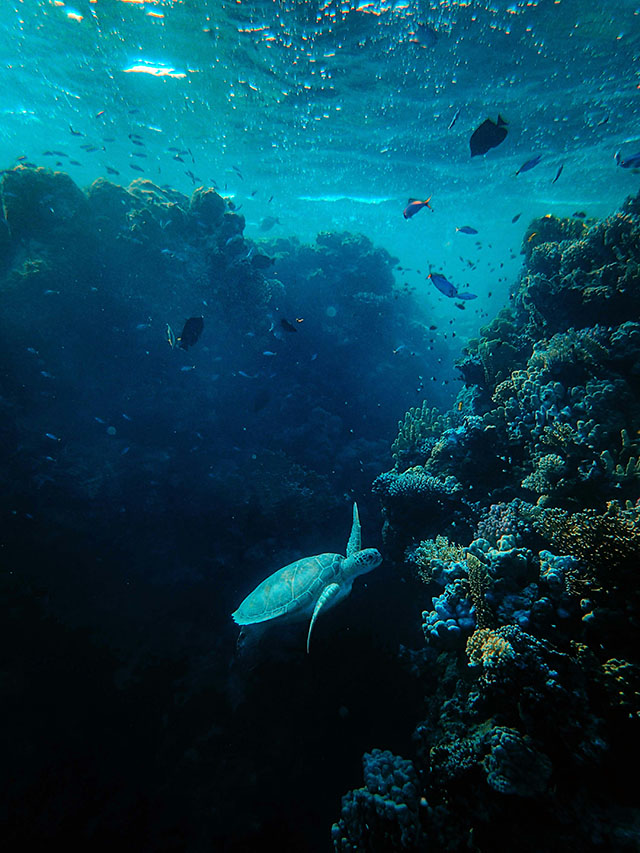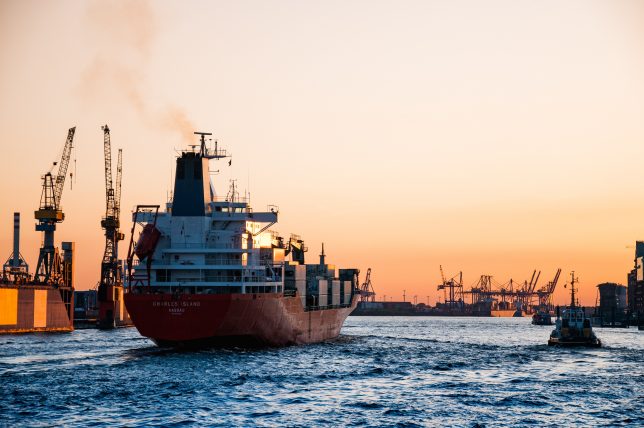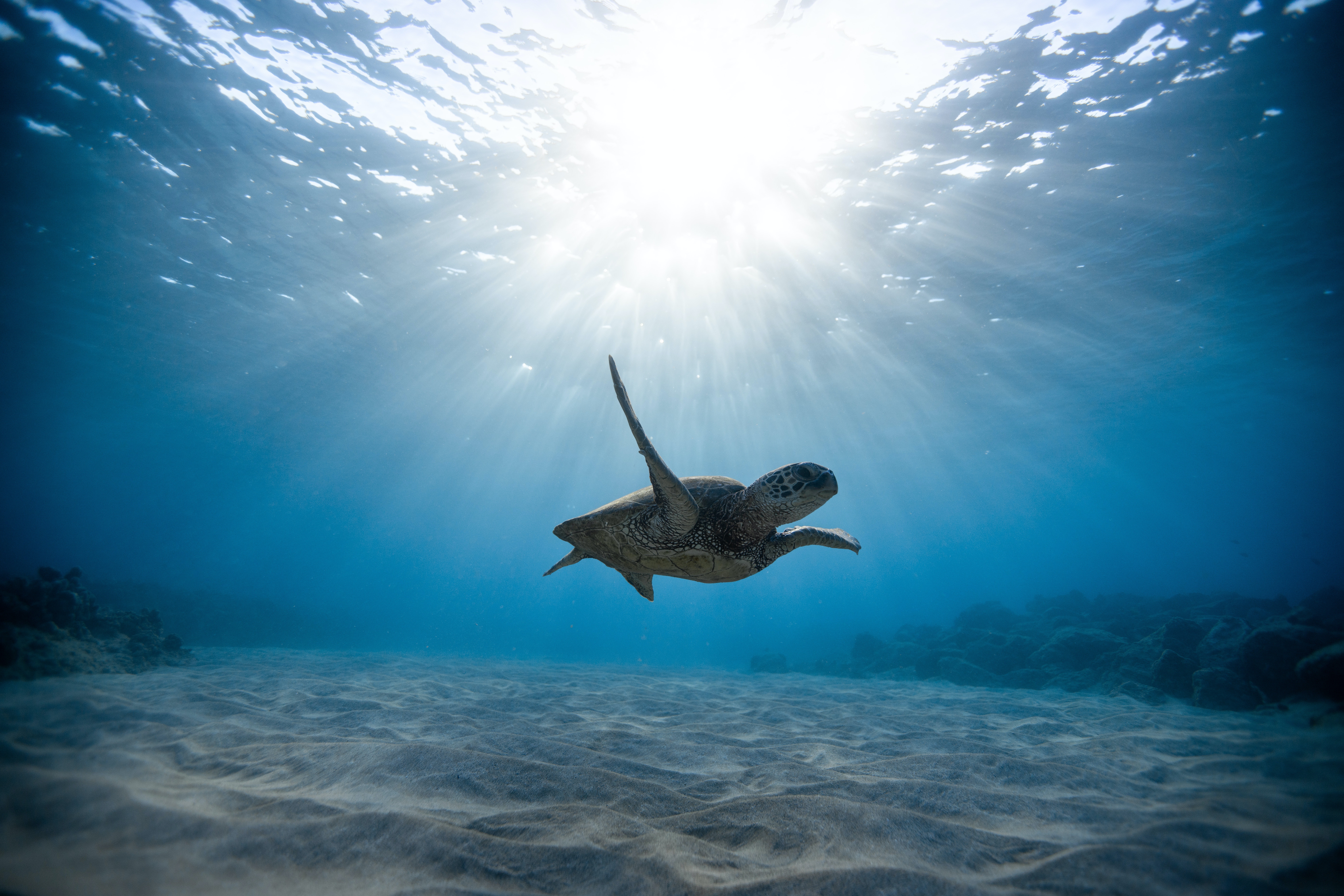
Ocean sea life and coral reef. Credit: Francesco Ungaro, Unsplash.
As the planet grapples with climate change, our oceans are experiencing unprecedented shifts. Recent research by Joel Wong, Matthias Münnich, and Nicolas Gruber, Column‐Compound Extremes in the Global Ocean published in the Journal of Oceanic Studies into the increasing frequency, intensity, and spatial extent of compound marine extremes—particularly marine heatwaves combined with ocean acidification—highlights a looming crisis for global marine ecosystems. The study, conducted over nearly six decades, offers important insights into these phenomena and underscores the urgent need for global environmental strategies.
The Escalating Intensity of Marine Extremes
The study analyzes data from 1961 to 2020, revealing a concerning trend in the behavior of oceanic compound extremes, referred to as Column-Compound Extreme Events (CCX). These events, characterized by simultaneous occurrences of extreme heat and acidity, have become more intense and longer-lasting over the years. Such changes are primarily driven by global warming and increased carbon dioxide emissions, which not only warm but also acidify ocean waters at alarming rates.
Impact on Marine Life
The effects of these compound extremes are profound. Marine ecosystems, particularly coral reefs, kelp forests, and the myriad species dependent on them, face severe threats from prolonged exposure to extreme conditions. The study estimates that the habitable space within the water column has potentially reduced by up to 75%, a stark indication of the dire conditions many marine organisms now endure. This habitat compression threatens biodiversity, disrupts fishing industries, and jeopardizes the livelihoods of communities dependent on these ecosystems.
Geographic and Vertical Spread
The research identifies that these extremes are not uniformly distributed. Tropical and high latitude regions, known for their rich biodiversity, are the most affected. The impacts extend beyond the surface, complicating the survival conditions for species that cannot migrate to more hospitable waters.
Role of Climate Phenomena
El Niño and other climate phenomena play a significant role in modulating these compound events. The study highlights specific patterns and regional variations in CCX occurrences, linking them to broader climatic shifts that influence ocean currents and temperature distribution.
Need for Advanced Modeling Techniques
A key contribution of this research is the development of advanced models that enhance our understanding of CCX characteristics and drivers. These models are crucial for predicting future changes and implementing effective conservation strategies. They also serve as a vital tool for policymakers and environmental planners as they prepare to mitigate the effects of these changes.
Summing Up
The findings from the study serve as a clarion call for immediate action. Protecting our oceans from compound extremes requires global cooperation and innovative solutions aimed at reducing greenhouse gas emissions and enhancing marine conservation efforts. This research provides a foundation for understanding the scale of the problem and outlines the critical areas for needed interventions.
The preservation of marine biodiversity and the sustainability of our global ocean ecosystems depend on our ability to respond effectively to the challenges posed by climate change. Through informed policy-making and collaborative international efforts, there is hope for mitigating the impact of these profound marine disturbances.
Source: Wong, J., Münnich, M., & Gruber, N. (2024). Column‐Compound Extremes in the Global Ocean. Journal of Oceanic Studies, 5(3). https://doi.org/10.1029/2023AV001059.


